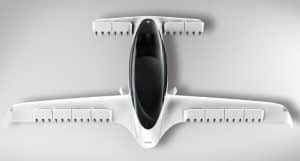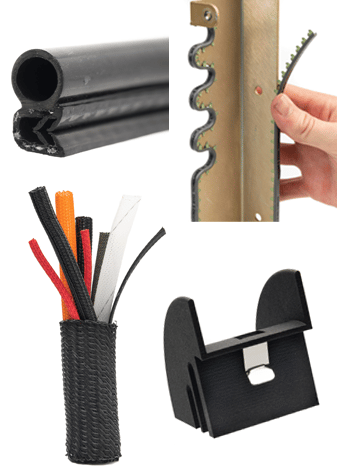Aerospace is expanding as technology develops at a very rapid pace.
Just recently the FAA gave UPS a certification to use drones to deliver medical packages at campuses across the country. Those are unmanned, of course, but heading our way soon is the flying taxi which can carry 1-5 people — with all the safety issues and challenges that provides. This is a busy sector, and multiple companies are developing prototypes.
One of the most strikingly innovative air taxi designs we have seen is the Lilium Jet. Indeed, an international jury of design experts recently awarded Lilium the prestigious ‘Red Dot: Best of the Best' Design Award from more than 4,200 entries. The award is given to celebrate the design of novel concepts and products that are not yet on the market.

The Lilium Jet is a five-seater all-electric vertical take-off and landing aircraft (eVTOL).
It recently completed its maiden flight in Germany. Long term, Lilium's grand plan is to offer and operate an affordable, emissions-free alternative transport option.
It is a strikingly clean and simple design, appearing to break many rules as it has no tail or rudder and only one moving part in each engine.
The designer, Mathis Cosson, says nature and biomimicry had a powerful role in its design. They took inspiration from the manta ray, a majestic creature with smooth lines that glides elegantly through the water and the apex predator hammerhead shark. You can see both in the smooth design contours, the canard front wing, and the flaps that look like teeth.
It has two fixed wings: one main 11m wing at the rear of the aircraft, and a ‘canard’ wing at the front of the aircraft — so-called because of its supposed resemblance to a duck in flight.
The canard wings on each side have two flaps and the main wings have four. Three all-electric jet engines on each independent flap allow them to pivot and change the direction of their thrust.
Balance comes from the engine nacelles which perform as aerodynamic control surfaces. They effectively become the ailerons and elevators of a normal aircraft. Pitch is controlled by the canard wing, roll via the main wing engine nacelles, and yaw is balanced by the thrust of the engines.

The Lilium Jet, using a concept called thrust vectoring, is able to move both vertically and horizontally. This is more often associated with space rockets which maneuver without flaps and ailerons because in a vacuum they serve no purpose. So you change direction by adapting the angle of the thrust generated.
Within a tenth of a second, the revs and angle of each set of three engines can deliver a very smooth and precise trajectory. This process creates a smooth transition from vertical to horizontal flight.
How DTi Can Help
Every Lilium Jet is going to have wiring. We know from long aerospace experience that engine vibration and the stresses of flight can cause wiring to chafe and possibly short out causing data loss … or worse. At the very least, data flow is going to be critical for safe controlled flight of the Lilium Jet as the engines will adjust automatically based on the data … but if the data isn't flowing … all sorts of problems can happen.
DTi’s Spring-Fast® best-in-class grommet edging protects wiring. However, because it installs far faster without glue and with just finger pressure, total install costs are 49% lower than the cost of the old slow legacy nylon grommets with glue. Minimal inspection. No fixturing. No curing.
This product – like the Lilium Jet – is in a class of its own.
For more info on the remarkable Lilium Jet, go here

